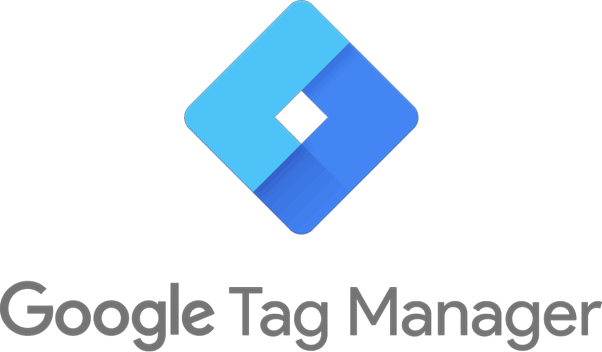Have you heard about Google tag manager to streamline your website? You must be wondering what it is, why do I need it, and its benefits.
Another contender on the list is Google Analytics. GA may seem to supersede GTM, but not in reality. Let’s find out more about them.
What is Google tag manager: What all you need to know
Google tag manager is the tag management and tracking tool for easy tag deployment.
Google tag manager acts as the middleman to create events from other platforms like Google ads, Google Analytics, Mixpanel, etc. To understand better, GTM has these parts:
Tags
Tags are reusable codes or Javascript snippets.
It acts as marketing pixels to track user metrics whenever they open a website.
The common examples are:
- Adwords remarketing code
- Conversion Tracking code
- Cookiebot
Triggers
Tag fires in response to triggers. Triggers command GTM when, how, and where to use tags.
Type of triggers can be:
- Pageviews
- Form submissions
- Window loaded
Variables
Variables tell more information to GTM on how triggers and tags will operate.
For example, launch a trigger when the URL variable has “website.com/fitness”.
For tags, it could pass service ID to Facebook pixel tag.
Data layer
The data layer is a virtual layer that temporarily stores information about Tags/triggers/variables before GTM uses it.
The best part is, GTM requires bare minimum technical knowledge to add tags to your website without changing actual code.
That said, it is “minimum,” not “no coding knowledge.” You can acquire it easily with short training from Google itself, Analytic Pros, or Analytics Mania.
In this way, you will be sure that GTM doesn’t affect your website performance. Otherwise, hire SEO professionals for effortless tracking of recent updates and performing troubleshooting.
What is the importance of Google tag manager?
GTM is a long underestimated tracking tool by Google, but it has several benefits. GTM is an easy-to-use free tool that acts as the best buddy for all sorts of businesses, enterprises.
The reasons why you need GTM are:
Fast and easy management of tracking codes
GTM makes the job of marketing managers much easier by using tracking code by themselves. They need not bother developers every time to implement tracking codes.
Google tag manager launches tags asynchronously, not synchronously. It means the performance of one tracking code won’t affect another code. Even if one stops or takes more time to fire, others will get deployed.
Earlier tag management was just a dream with code snippets scattered around different files on the website. For implementing a small change, developers need to find all of them and update
Now, this task is like a cakewalk and without chances of human errors. You can control and manage all tags in one place.
Painless troubleshooting of tag errors
Preview and debug mode in GTM allows painless troubleshooting and rectifying tag errors. It shows which web page contains a tag or not. You need not compile data about triggers firing particular triggers and data stored within tags.
Why is debugging necessary? It ensures a smooth launch of the website without tags obstructing it in one or another way.
Customized templates to suit your needs
The unbelievable part of GTM is you can create your own templates. You can create a single file with all tags, variables, and triggers. How does it matter? The customized template is ready-to-use files with codes and settings that you need to use more.
Also, Google launched custom templates in 2019 so that communities can create and share templates.
Convenient event tracking
Once you set events, GTM adapts itself to event tracking for future use. There is more to event-tracking that allows you to custom features to events. GTM will inform you automatically:
- At what section of the website users are stopping more?
- To track conversions, which links are getting more clicks?
How is GTM different from GA?
GTM and GA play entirely different roles in improving your website. These are the main differences:
Tag management system
Google tag manager contains many Javascript tags and GA tag could be one of them. GTM can add, edit, manage or track tags on websites or mobile apps. But there is no such provision in GA.
Website performance
Google Analytics gives you insights into website traffic and performance with reports and related parameters like:
- Customer behavior and their location.
- Top selling products in a timeframe like 10 days, a month, or so.
- Leads generated from different online channels like Facebook, local SEO.
A data source
Google Analytics is a data source to show live information. On the other hand, Google tag manager transfers information from one source to another. GA actively collects data regarding current trends, patterns in your niche and analyzes customer engagement factors.
Key takeaways
If you want to keep track of different marketing-related events on your website, GTM is a great rescue. GTM is a tag container and manager while GA is a web analytics service for SEO purposes.

